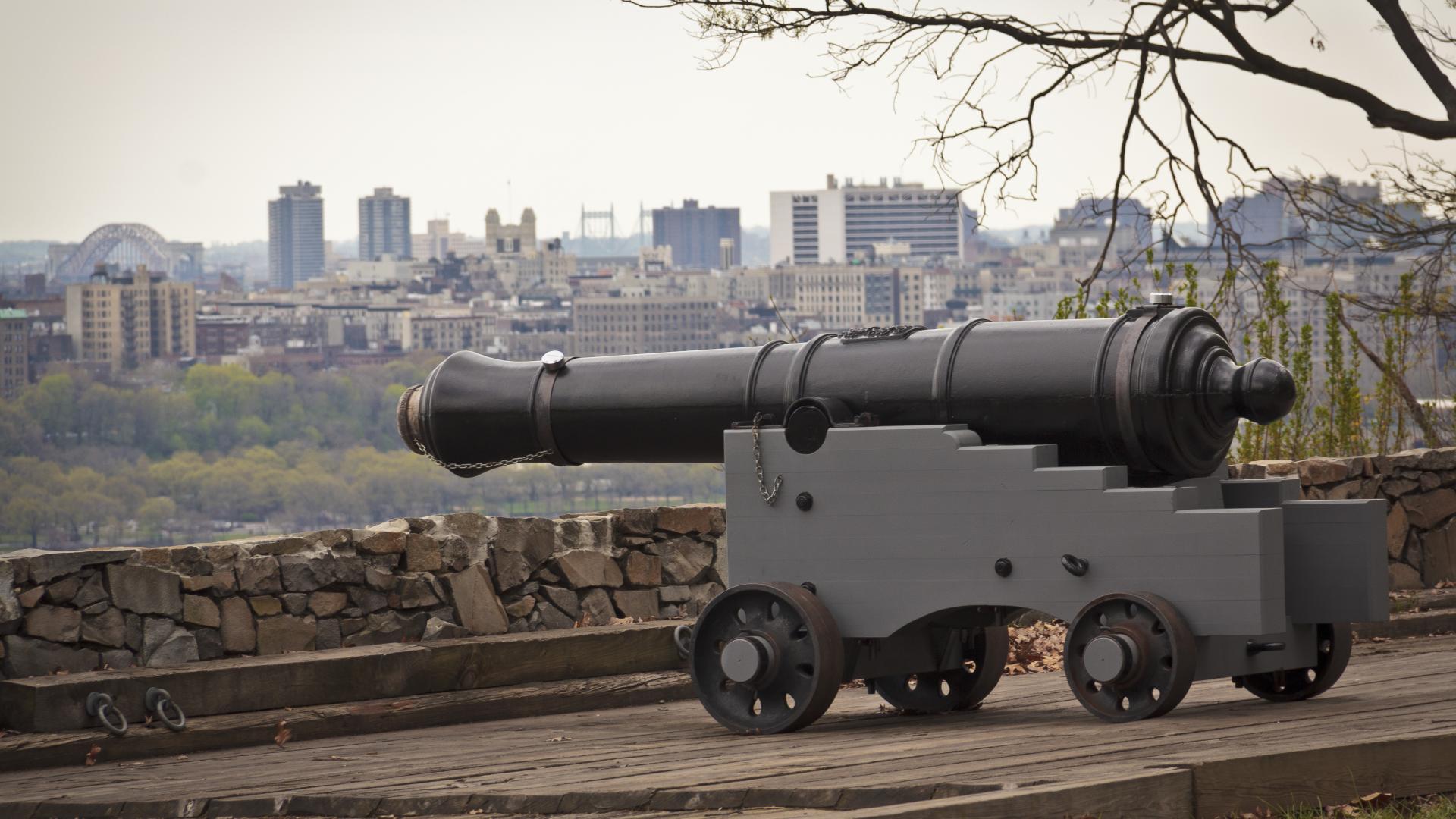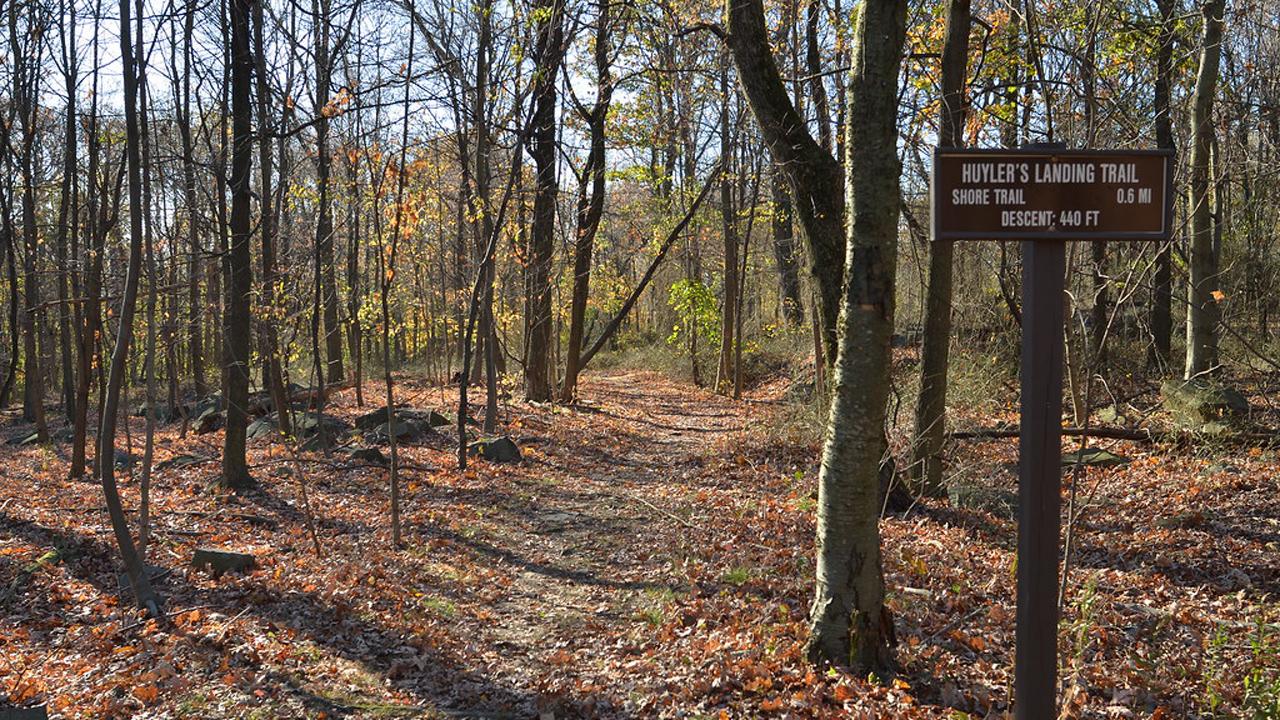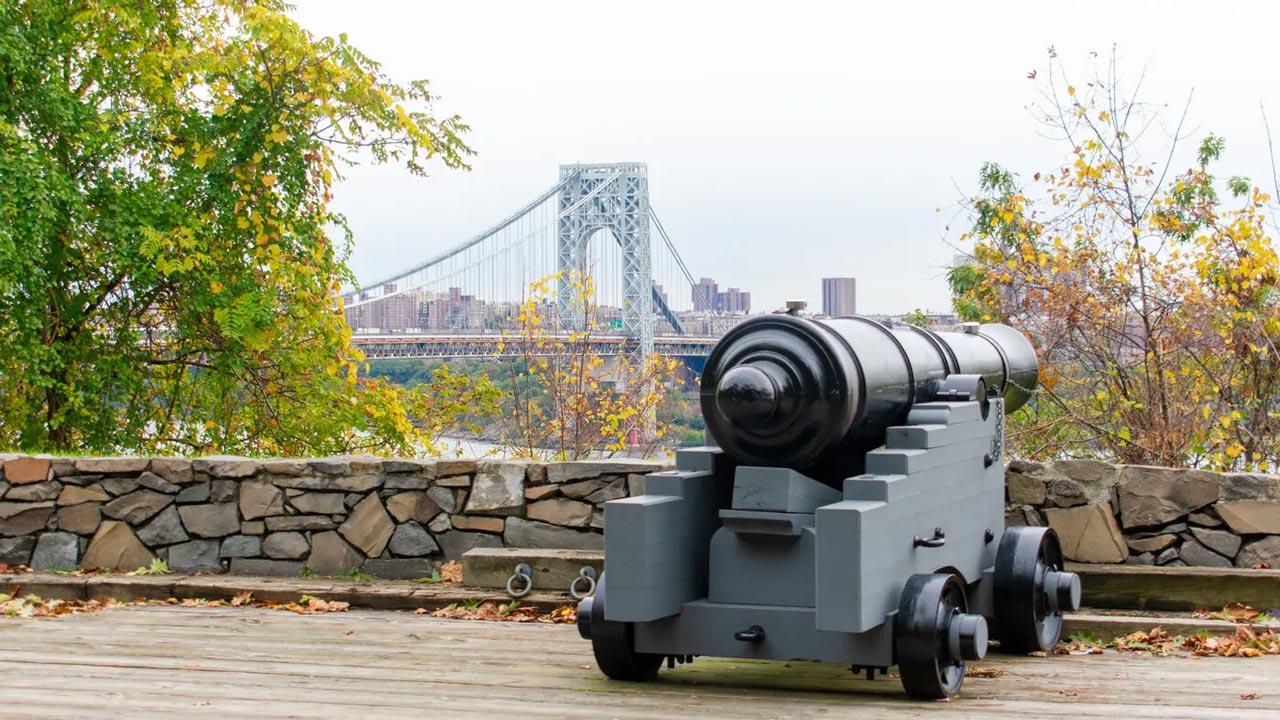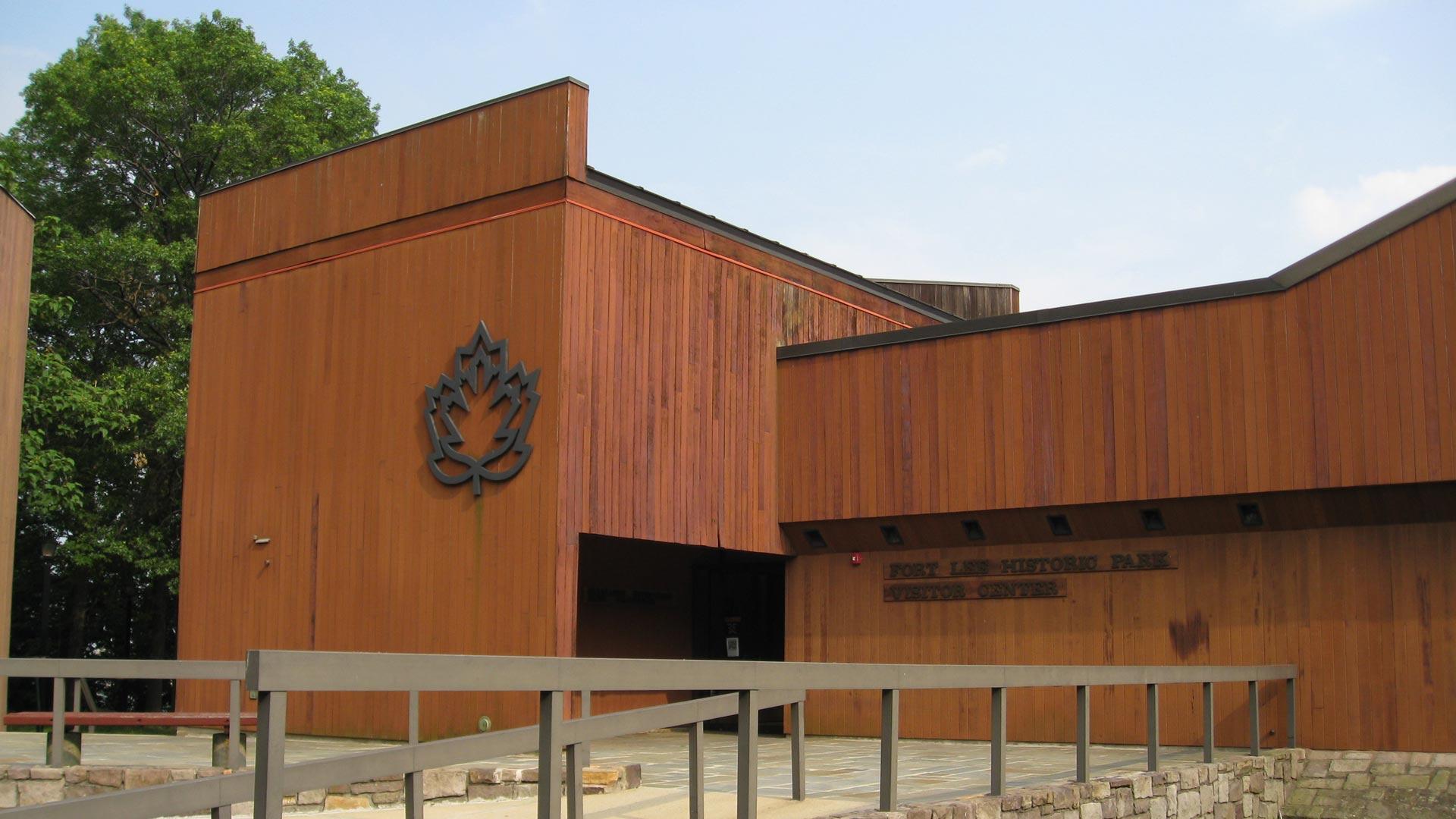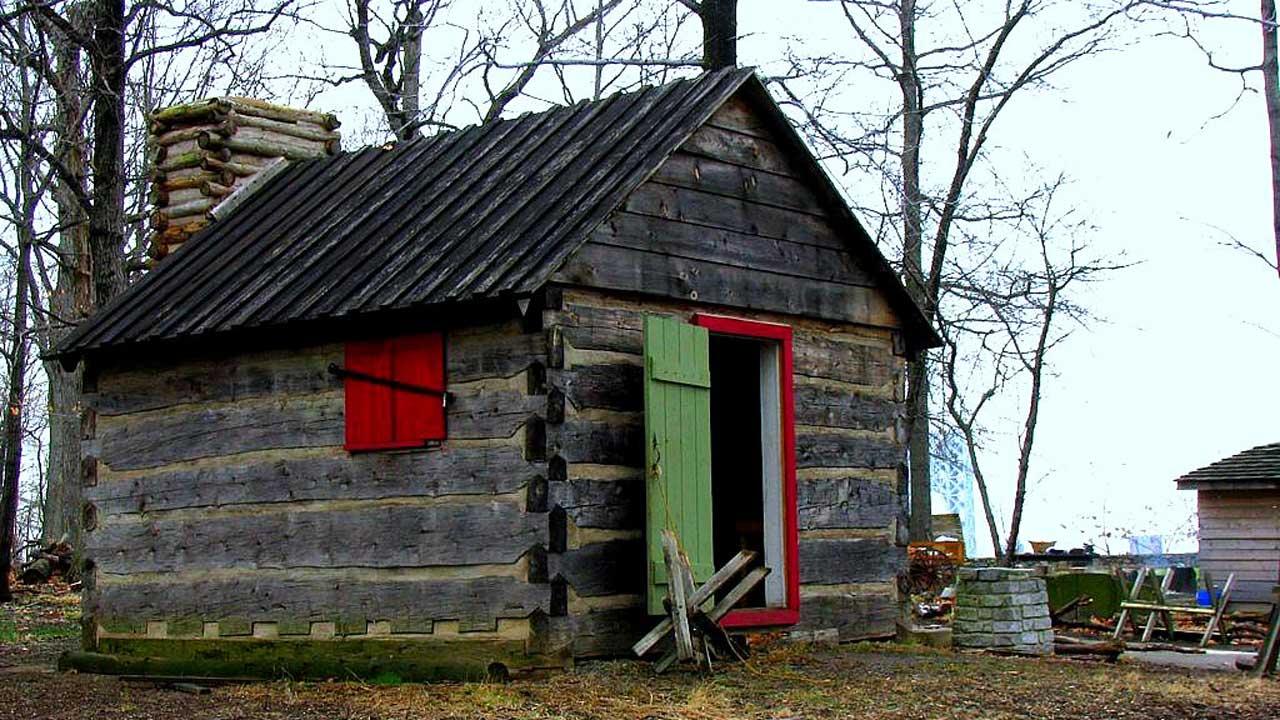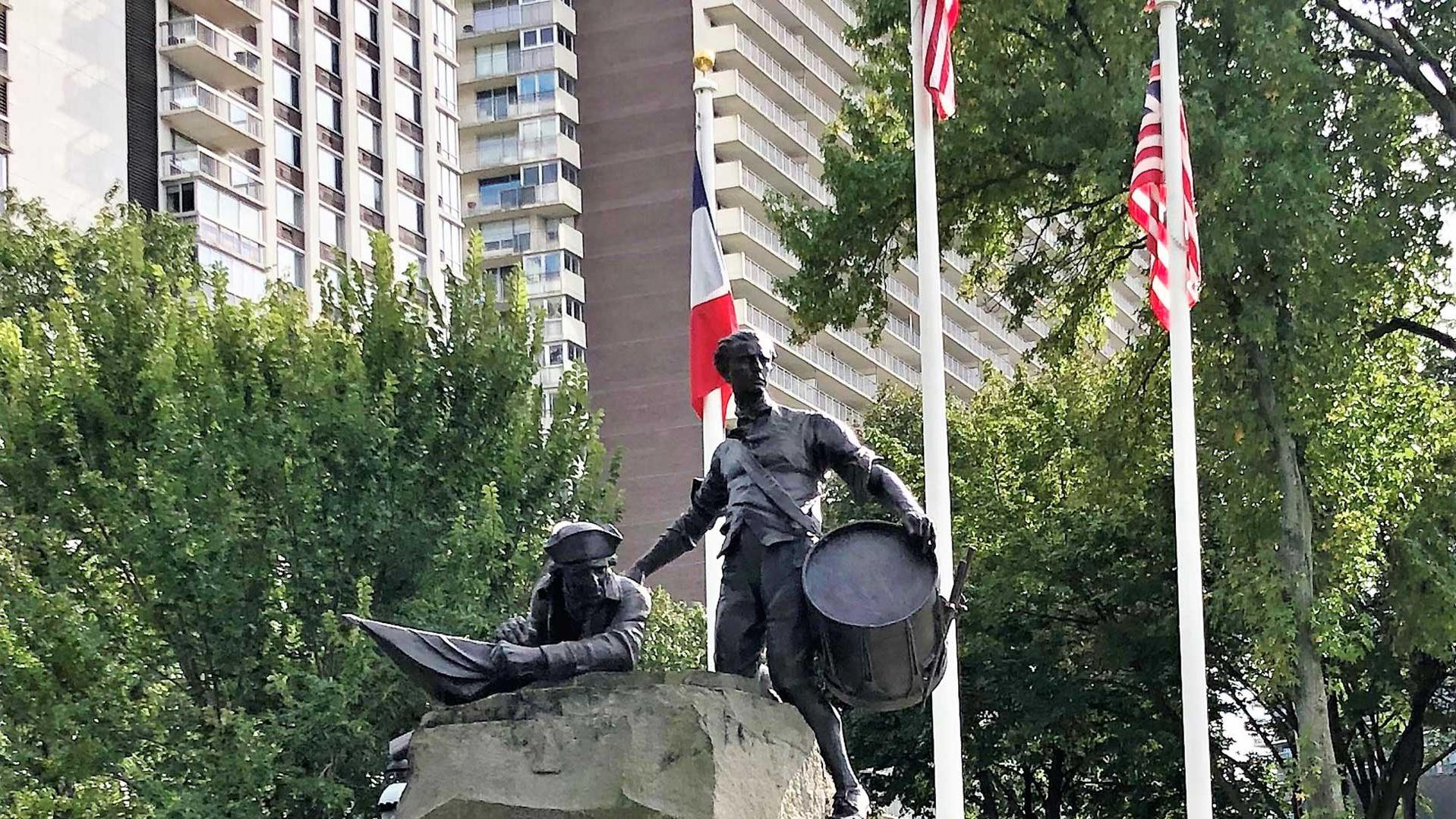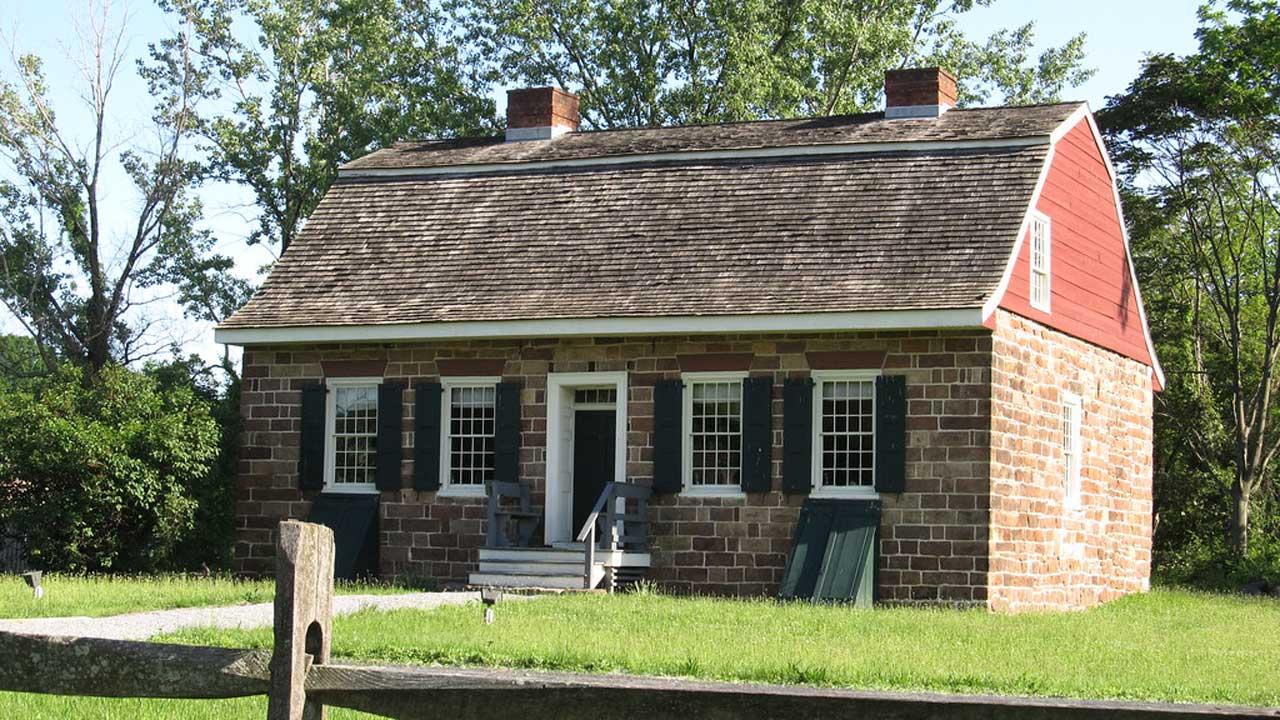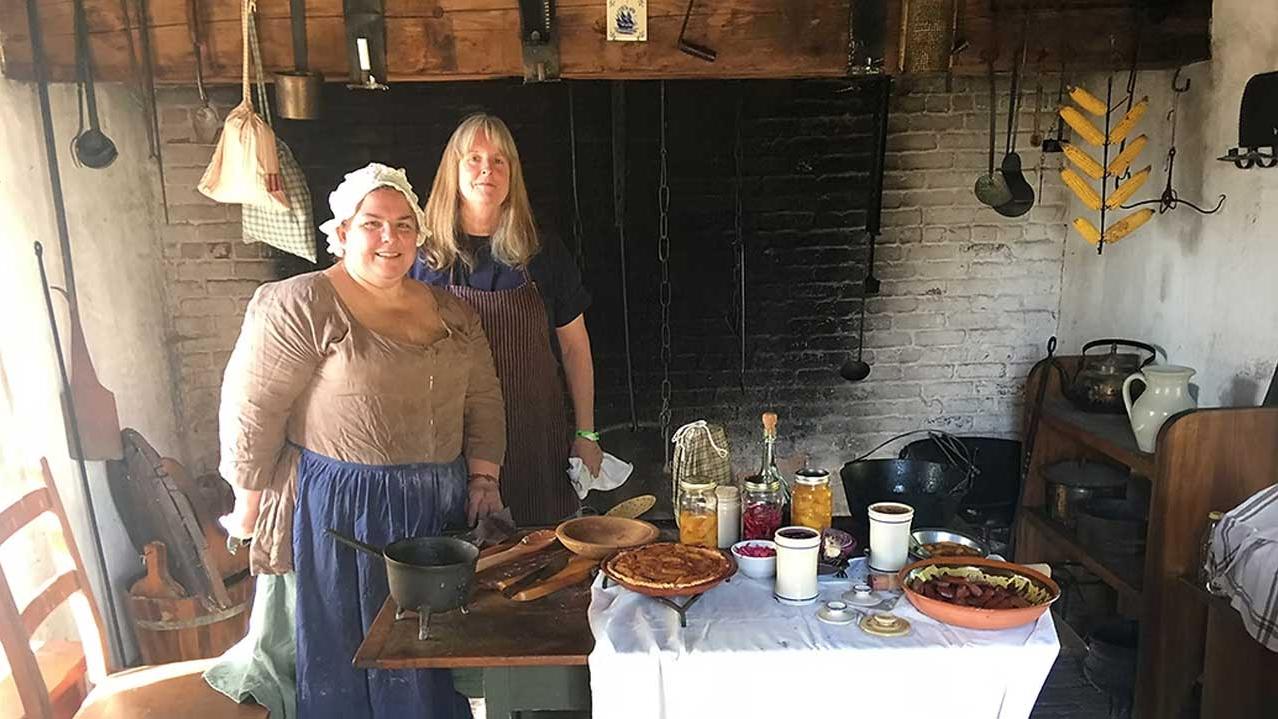Following the capture of New York City, Charles Cornwallis and his combined regular and Hessian forces began their ascent into New Jersey at Huyler's Landing on November 20, 1776. If not for the spying eye of a Continental down the shore, Nathanael Greene would have missed his window for escaping the clutches of Cornwallis.
Today, one can follow the hiking trails surrounding Huyler's Landing, providing a glimpse into the uphill climb Cornwallis' men took to launch their attack on Fort Lee.
The original star-shaped Fort Lee, named for Charles Lee in the wake of the battle at Fort Sullivan in Charleston, once stood just beyond today’s park boundaries, positioned to work in tandem with Fort Washington across the river. From this overlook, the steep slopes, wooded hills, and marshland show why the site was selected for defense, even if those same features complicated its protection. Fort Lee’s fall in November 1776 marked a turning point, forcing the Continental Army into retreat and altering the course of the war in this region.
The Hudson River below also connects Fort Lee to an early experiment in naval warfare. Here the Americans housed the Turtle, the first combat submarine, which was intended to strike British ships before being destroyed during the British advance on the fort. Though it failed in practice, the Turtle remains a notable innovation tied to Fort Lee’s Revolutionary War story.
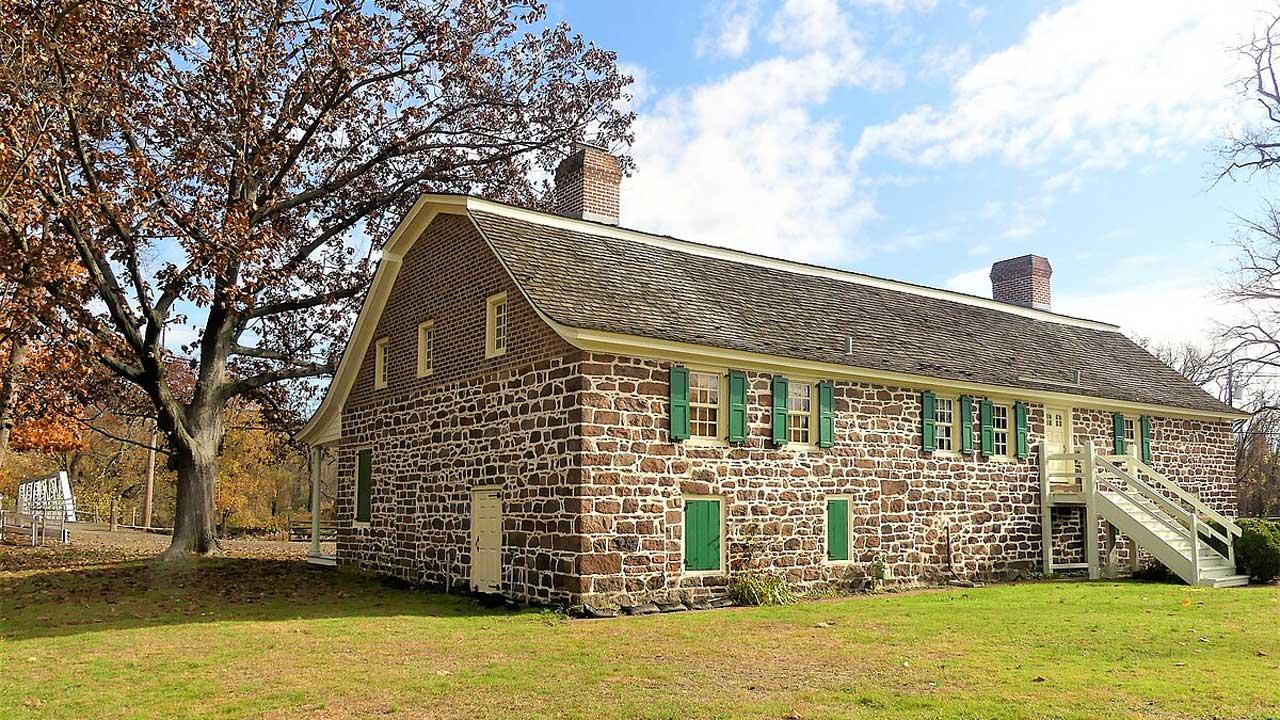
Historic New Bridge Landing, situated on the Hackensack River, was a key crossing point during the American Revolution. Its stone bridge provided one of the few passages over the river in northern New Jersey, giving it outsized importance in military strategy. On November 20, 1776, following the fall of Fort Lee, General George Washington and the Continental Army crossed here during their retreat, a critical move that allowed them to avoid encirclement and continue the fight.
Beyond its military role, New Bridge was also a hub of civilian life. Several 18th-century structures survive at the site, offering a rare glimpse into the homes, landscapes, and communities that stood at the intersection of war and daily life. Today, visitors can walk the same ground where Washington’s army once marched and explore how the Revolution touched both soldiers and civilians in Bergen County.
